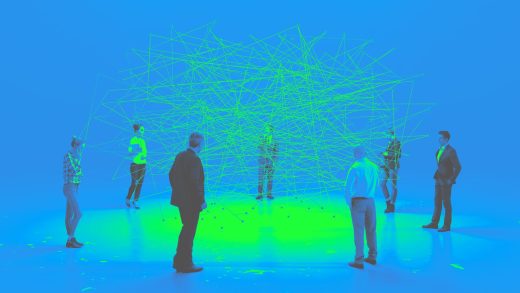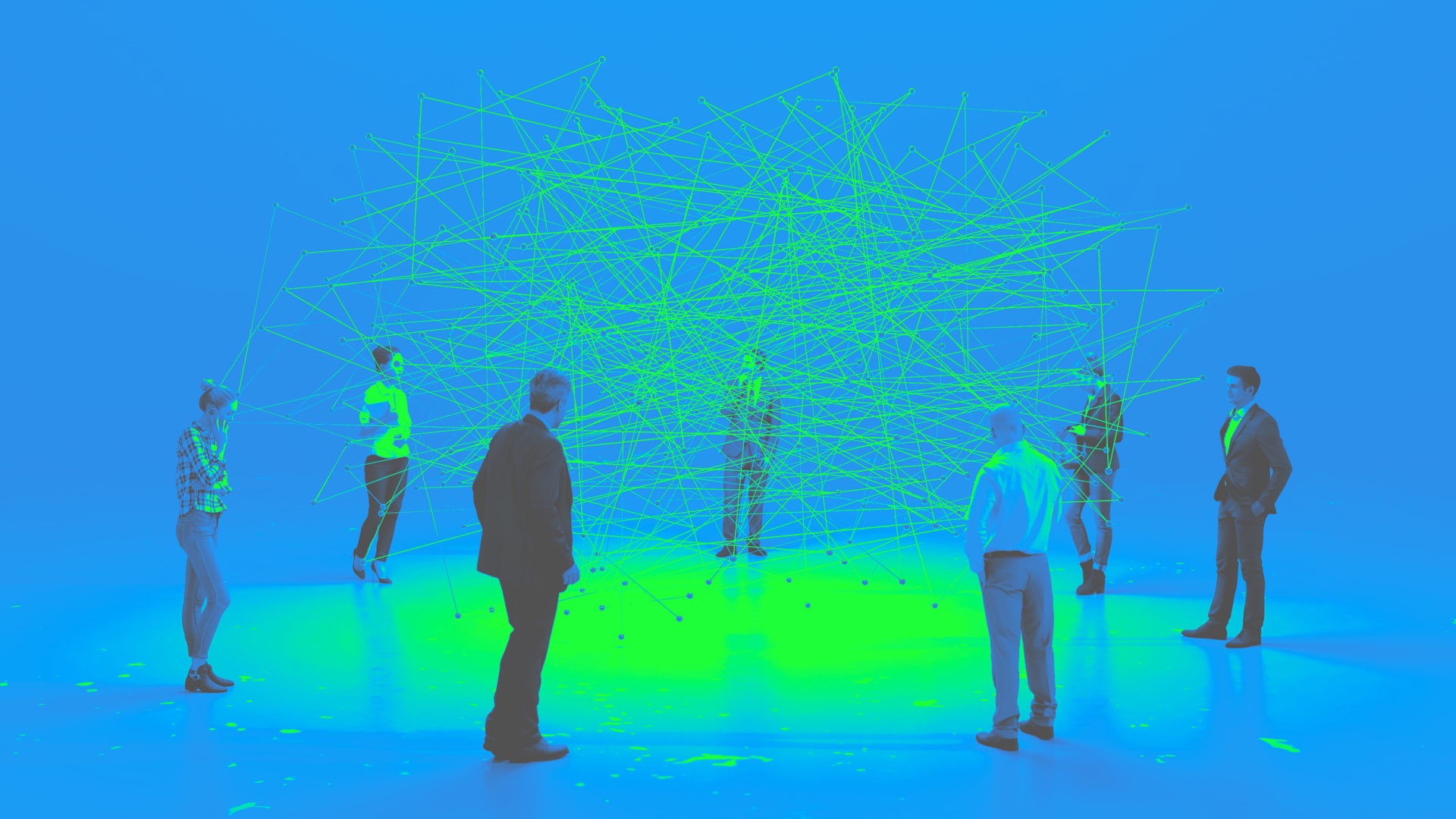Does AI adoption call for a change in human behavior?
Does AI adoption call for a change in human behavior?
The ever-changing nature of technology doesn’t have to be daunting if your workers’ needs remain at the heart of innovation.
Navigating change at work isn’t easy. Many employees would attest that the consistency of changes—particularly in recent years—has been exhausting. According to Gartner, the average employee experiences 10 planned company changes per year. What’s more, employee willingness to support organizational change dropped from 74% in 2016 to 43% in 2022.
The sudden emergence of generative artificial intelligence in the past 18 months has introduced a new wave of organizational change by revolutionizing the way businesses operate. It’s forcing organizations to consider AI’s implications on their workforces, processes, and overall strategies.
Adapting and evolving with AI shouldn’t come at the expense of the teammates it’s intended to help. Change fatigue (feelings of resistance, apathy, or exhaustion toward organizational shifts) can take a considerable toll. When left unmanaged, it can lead to burnout and frustration, a diminishing work ethic, and negative impacts on company culture overall.
As we’ve adopted new tools and use cases here at Insight, a key consideration has been how to upskill our teammates to make generative AI work for them. To facilitate effective AI adoption across the enterprise, we have avoided focusing solely on technology and instead addressed workforce concerns and inspired behavioral changes through effective change-management processes. Here are a few ways to accomplish that.
Invest in training
Learning is an iterative process, not a onetime event. Organizations benefit from fostering a culture of learning, particularly when undergoing enterprise-wide transformations. After all, nearly one-third (32%) of business leaders believe employee knowledge on generative AI tools remains a top barrier to implementation, according to our recent research.
If AI models can be continuously improved through repeated training, testing, and modification based on outcomes and new data, shouldn’t we also invest in similar training for our people?
By doing so, organizations can create a culture of continuous learning and adaptability, which is crucial for an agile workforce that can take advantage of advancements in generative AI.
Training can help employees learn new skills and technologies, stay up to date on industry trends, and adapt to changing business needs. This can help organizations stay competitive in the market, improve efficiency and productivity, and drive innovation. Additionally, training can boost employee morale and job satisfaction, leading to higher retention rates and better overall performance.
As the adoption of generative AI continues to grow, advanced training will be crucial for organizations to stay ahead of the curve and fully leverage this technology’s potential.
Encourage education, learn by doing
Encouraging a test-and-learn mentality around new technology has served us well at Insight. During our internal rollout of InsightGPT—a private instance of our own large language model—we found that allowing for experimentation (with the appropriate guardrails in place) has been instrumental in driving success. Our teammates across functional areas and specialty groups have been empowered to uncover innovative use cases for AI and problem-solve around challenges or roadblocks they encounter.
We even had a group of interns devise a discovery tool identifying the relationship between a client’s greatest technology opportunities and relevant offerings in our portfolio to solve for them. Not only are our sales teams benefiting, but clients also want to use it. We have supported each other, learned from one another, and made discoveries that wouldn’t have been possible otherwise.
The results thus far speak for themselves, from cost saving to streamlining complex processes across different areas of the business. Perhaps equally important to the tangible productivity improvements, this approach also has catalyzed a cultural shift across our organization, where generative AI is viewed with excitement.
Manage expectations on what AI can (and can’t) do
Progress doesn’t tend to happen overnight, and AI adoption is no exception. Like any other form of change in the workplace, it can take time to see the intended results.
This concept of “delayed gratification” (resisting an impulse for immediate fulfillment to receive a more favorable reward at a later time) is a tricky needle to thread. Not seeing immediate return on investment can be frustrating, particularly as more members of the workforce—not to mention boards and C-suite executives—understand how additive AI can be.
According to a recent Insight survey, 75% of employees believe investing in AI-powered devices will help their employer stay competitive, and a similar number (73%) expect it to help them be more productive in their daily lives.
Even though generative AI is an incredibly useful tool, it isn’t a quick fix for anything and everything (and it shouldn’t be advertised as such). Employees should be presented with realistic expectations on AI’s capabilities and armed with a clear understanding of what success looks like. And that direction must come from the top down.
Teammates should understand how the technology fits in and complements their remit and workflow—not be mystified by it. If business leaders over-hype AI (and consequently under-deliver), that can lead to skepticism and distrust across the organization.
Combat employee burnout amid constant change
Broadly speaking, employees are ready to embrace AI: Our most recent AI report reveals that few employees report feeling anxious (13%) or fearful (11%) about using generative AI at work, signaling a growing comfort with the technology. That’s certainly an encouraging trend, but changing people’s habits and muscle memory is no simple task. It takes time and effort.
Nearly two-thirds (64%) believe AI-powered devices will change critical skills needed to do their job, according to our research. More importantly, they expect their employer to offer training, guidelines, and policies about how to use the tools their organization puts in their hands.
As we continue to push the boundaries of what technology can do, we should also be vigilant to protect and empower our workforce. Only then can we truly harness the full power of technology like generative AI.
David McCurdy is chief enterprise architect and chief technology officer for Insight Enterprises.
Fast Company
(30)



